-
main-collection-product-grid
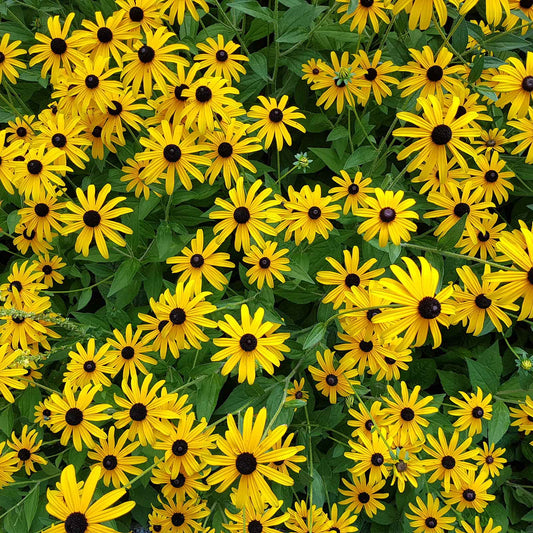
Black Eyed Susan Seeds
This distinctive wildflower is a North American native and great for a kid's gardenBlack Eyed Susan Seeds
This distinctive wildflower is a North American native and great for a kid's gardenRegular price As Low As $4.99Regular priceUnit price per -
main-collection-product-grid
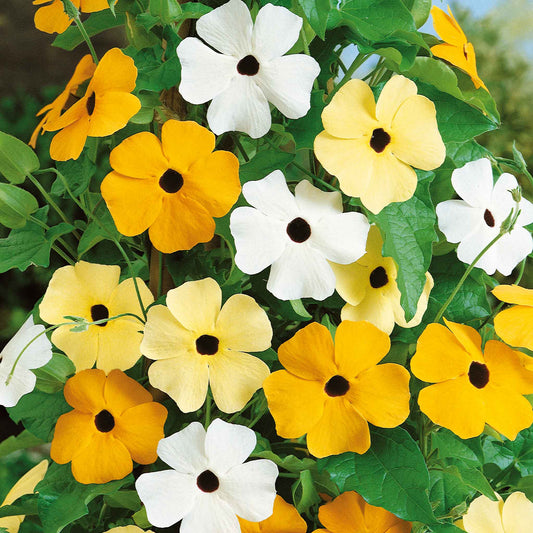
Black Eyed Susan Seeds - Vine Mix
A vigorous free-flowering vine that can reach eight feet in a seasonBlack Eyed Susan Seeds - Vine Mix
A vigorous free-flowering vine that can reach eight feet in a seasonRegular price As Low As $4.99Regular priceUnit price per -
main-collection-product-grid

Black Eyed Susan Seeds - Goldilocks
Not too small, not too large—this mix is just rightBlack Eyed Susan Seeds - Goldilocks
Not too small, not too large—this mix is just rightRegular price As Low As $6.99Regular priceUnit price per -
main-collection-product-grid

Black Eyed Susan Seeds - Double Golden Gloriosa
Low-maintenance perennial reliably produces huge double bloomsBlack Eyed Susan Seeds - Double Golden Gloriosa
Low-maintenance perennial reliably produces huge double bloomsRegular price As Low As $5.99Regular priceUnit price per -
main-collection-product-grid
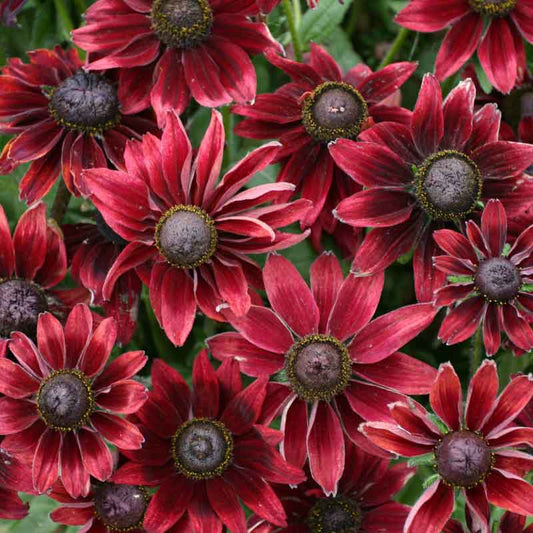
Black Eyed Susan Seeds - Cherry Brandy
First-ever red variety to the black-eyed Susan familyBlack Eyed Susan Seeds - Cherry Brandy
First-ever red variety to the black-eyed Susan familyRegular price $6.49Regular priceUnit price per -
main-collection-product-grid
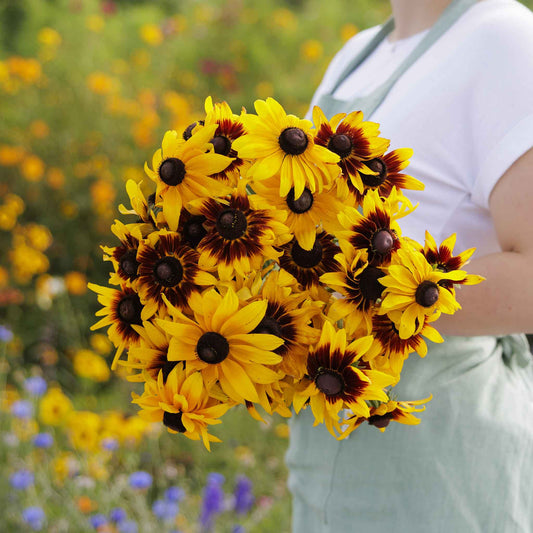
Black Eyed Susan Seeds - Gloriosa Daisy Mix
We think these golden blooms are divineBlack Eyed Susan Seeds - Gloriosa Daisy Mix
We think these golden blooms are divineRegular price As Low As $4.99Regular priceUnit price per -
main-collection-product-grid
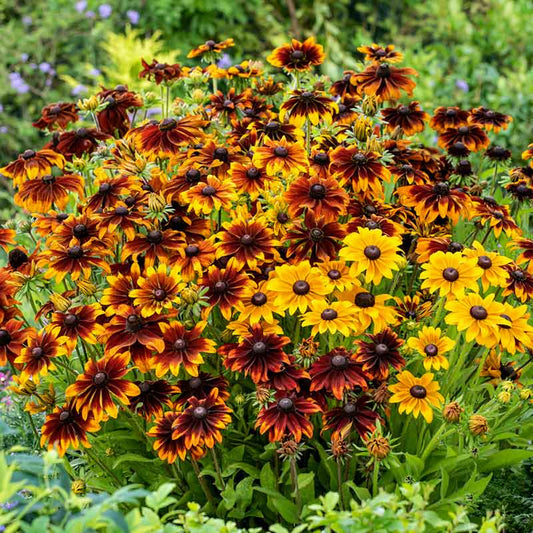
Black Eyed Susan Seeds (Dwarf) - Rustic Mix
Compact plants boast vibrant full-size bloomsBlack Eyed Susan Seeds (Dwarf) - Rustic Mix
Compact plants boast vibrant full-size bloomsRegular price As Low As $4.99Regular priceUnit price per -
main-collection-product-grid
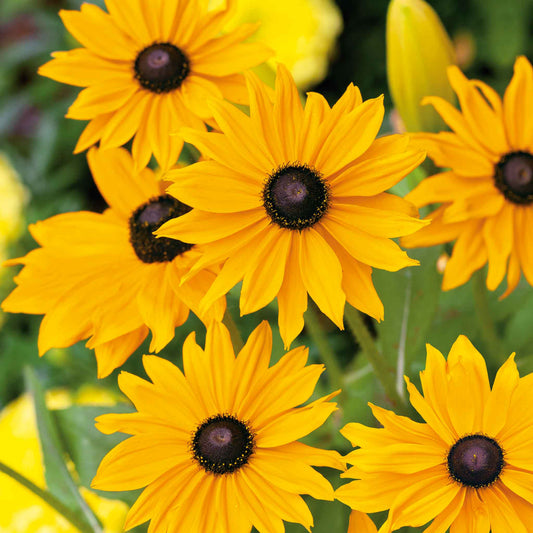
Black Eyed Susan Seeds - Marmalade
You'll want to save these colorful petals for crafts and arrangementsBlack Eyed Susan Seeds - Marmalade
You'll want to save these colorful petals for crafts and arrangementsRegular price As Low As $4.99Regular priceUnit price per -
main-collection-product-grid
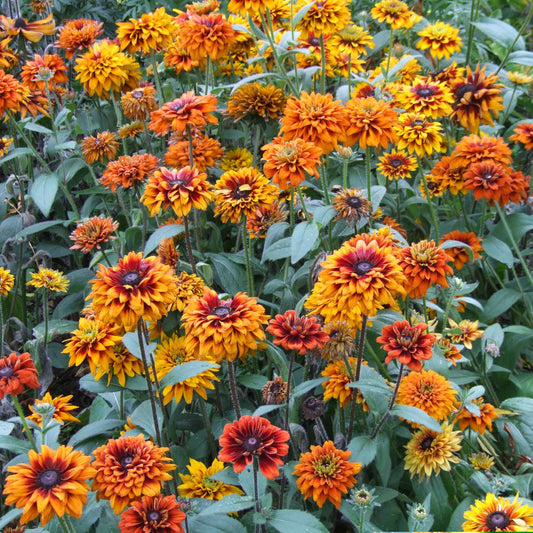
Black Eyed Susan Seeds - Cherokee Sunset
All America Selections Award WinnerBlack Eyed Susan Seeds - Cherokee Sunset
All America Selections Award WinnerRegular price $5.99Regular priceUnit price per -
main-collection-product-grid
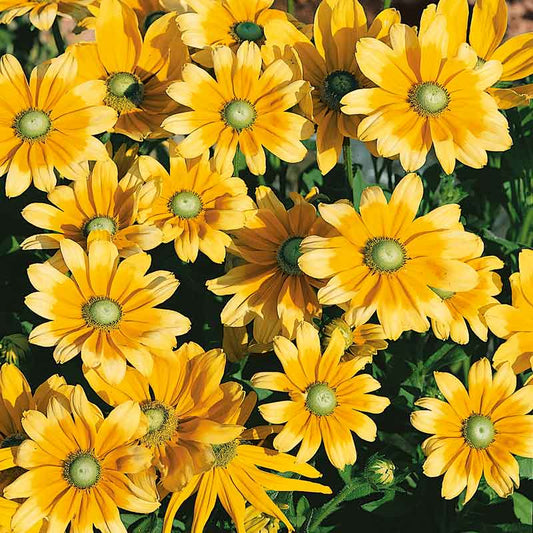
Black Eyed Susan Seeds - Green Eyes
Also called Irish Eyes, this unique heirloom variety has striking green centersBlack Eyed Susan Seeds - Green Eyes
Also called Irish Eyes, this unique heirloom variety has striking green centersRegular price As Low As $6.99Regular priceUnit price per -
main-collection-product-grid
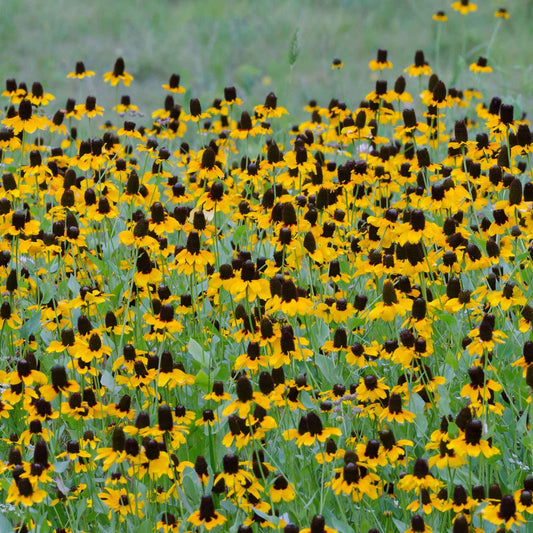
Clasping Coneflower Seeds
This native wildflower is a close relative of black-eyed susansClasping Coneflower Seeds
This native wildflower is a close relative of black-eyed susansRegular price As Low As $4.99Regular priceUnit price per -
main-collection-product-grid

Black Eyed Susan Seeds - Autumn Forest
Prolific bicolored blooms are perfect for fall bouquetsBlack Eyed Susan Seeds - Autumn Forest
Prolific bicolored blooms are perfect for fall bouquetsRegular price As Low As $4.99Regular priceUnit price per -
main-collection-product-grid
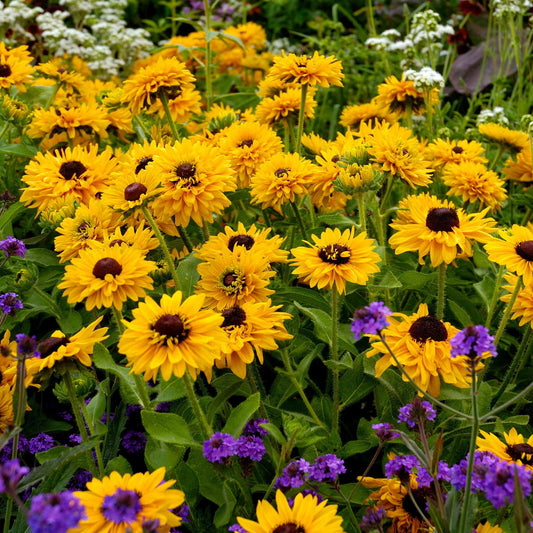
Black Eyed Susan Seeds - Maya
Fluffy double flowers of golden yellow on a compact plantBlack Eyed Susan Seeds - Maya
Fluffy double flowers of golden yellow on a compact plantRegular price $4.99Regular priceUnit price per -
main-collection-product-grid
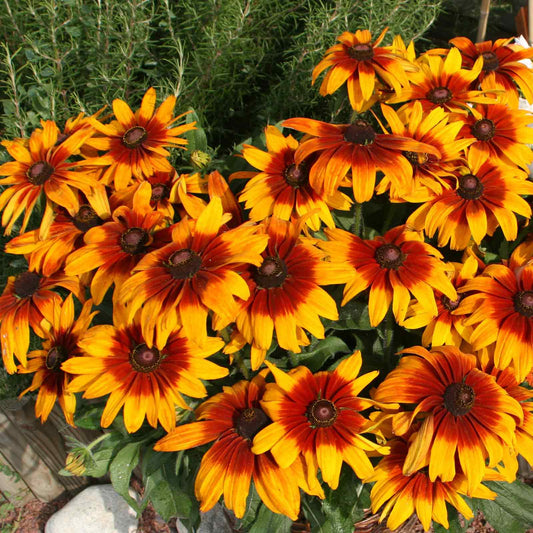
Black Eyed Susan Seeds - Cappuccino
Radiates warmth and brings butterflies in by the dozenBlack Eyed Susan Seeds - Cappuccino
Radiates warmth and brings butterflies in by the dozenRegular price $5.99Regular priceUnit price per -
main-collection-product-grid
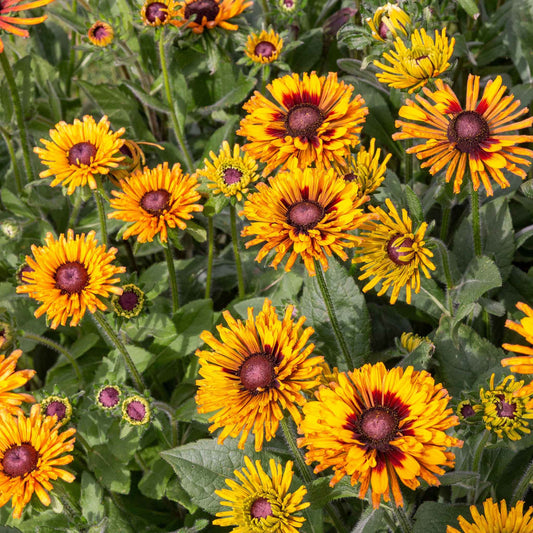
Black Eyed Susan Seeds - Chim Chiminee
Fuzzy and fun-shaped flowers in chocolate, bronze, and goldBlack Eyed Susan Seeds - Chim Chiminee
Fuzzy and fun-shaped flowers in chocolate, bronze, and goldRegular price $5.99Regular priceUnit price per
Growing heirloom rudbeckia seeds in your garden
- 15 heirloom rudbeckia seed varieties
- Classic, fast growing heirlooms that offer a beautiful, sunny appearance
- Varieties for every blooming season
- Drought tolerant, poor soil tolerant, and deer resistant
Rudbeckia hirta, sometimes known as Black Eyed Susan, is a sunflower species endemic to North America. Annuals, perennials, and biennials are available, and they are hardy in zones 3 through 9. When deadheaded regularly, these beauties are a gift that keeps on giving, blooming in late spring and lasting well into the fall. Heirloom rudbeckia seeds reach a height of 18 to 24 inches. Their golden blossoms are attractive to butterflies and bees, and they produce beautiful, long-lasting cut flowers.
Plant after the last frost in the spring, after daytime temperatures exceed 60°F. Seed six to eight weeks before the final frost date if beginning indoors. Seeds require sunshine to germinate, so sow them on the soil's surface and leave them uncovered or cover with a very thin layer of vermiculite. For perennial cultivars, storing pots in a cool environment (such as a refrigerator) for four weeks after sowing may improve germination. Then, until you're ready to plant outside, move the plants under lights.
Heirloom rudbeckia seeds thrive in constantly wet potting soil at temperatures of 70 to 75°F. Germination rates will be maximized by maintaining high humidity and consistent temperatures. Use a humidity dome or plastic wrap to cover your seed-starting container and spray it often. Once 10 to 15% of the seeds have germinated, remove the cover and spray periodically until the majority of the seeds have germinated. Plants should be potted into larger pots after they have three sets of genuine leaves, such as plastic cell packs or old single-serving yogurt containers. Plants should be hardened off for a week before being transplanted into the garden. Heirloom rudbeckia enjoys the sun but will grow in the shade if necessary. Although plants are tolerant of various soil types, the optimum soil is well-draining while retaining moisture.
Rudbeckia has low nutrient requirements and thrives in medium-to-low-nutrient soil. During the first season, give these plants plenty of water; once established, they're drought tolerant. Because plants can take two to three years to reach their maximum height, avoid clipping blooms or splitting plants in the first year to stimulate more vigorous plant development. Rudbeckia grows in clumps that can be separated if the plant becomes too large for the available area or if extra plants are wanted. In warmer regions, splitting every three to four years can help keep heirloom rudbeckia plants healthy by preventing them from spreading too widely. Plants should be pruned and mulched in the fall. Powdery mildew can be a problem for Rudbeckia in hot, humid regions. Plant in full light and thin out your plants to allow for greater air circulation.
For more information about planting, growing, and caring for heirloom rudbeckia seed, see the Rudbeckia Seeds Planting Guide.














